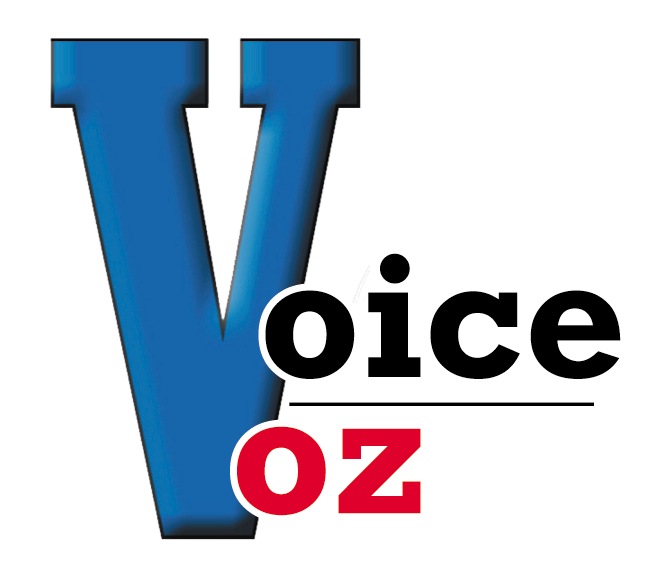METRO Gold Line opens Mar. 22
Metro Transit working on plan to improve ridership
By Tim Spitzack | Editor | March 2025

Gold Line station ticket machines accept both cash and credit cards.
After nearly three years of construction, the METRO Gold Line bus rapid transit (BRT) route is scheduled to open Mar. 22, connecting St. Paul, Maplewood, Landfall, Oakdale and Woodbury. It follows the I-94 corridor and is the state’s first BRT line to operate primarily within bus-only lanes. The line provides all-day service from 16 stations and has Park & Ride lots in St. Paul, Oakdale and Woodbury. Buses stop every 10 minutes on weekdays and every 15 minutes on weekends. Fares are the same as light rail and local buses.
BRT operates more like light rail than a traditional bus line, providing faster service by using dedicated bus lanes and making fewer stops. These buses have wider aisles, more doors, and folding seats to accommodate wheelchairs and strollers. The stations have raised platform boarding, a waiting space with on-demand heat, NexTrip real-time departure signs, ticket machines that accept cash and credit cards, route maps, bike racks, lighting, security cameras, emergency telephones and trash bins. Approximately 70% of the Gold Line route will have bus-only lanes.
The $505 million project began in late 2022 and is set to finish on time and under budget. In 2027, service will be extended to downtown Minneapolis, costing up to $20 million for more buses and stations. The Gold Line extension will replace Metro Transit’s Route 94, the weekday express route that carries about 800 riders between downtown St. Paul and downtown Minneapolis.
The Gold Line is one of three BRT lines opening this year. The goal is to eventually have 12 BRT lines within the METRO network. The METRO B Line is scheduled to open in June in the Route 21 corridor between St. Paul and Minneapolis, and the METRO E Line in December in the Route 6 corridor in Minneapolis. Also in the works is the METRO G Line, which will operate in the Rice Street and Robert Street corridors and connect with the Gold Line in downtown St. Paul.

Hot off the Press Newsletter!
One email a month with top stories from our four publications.
Sign up on our home page HERE.
Ridership and safety
Metro Transit is working on a service improvement plan designed to increase ridership and expand transit service by 35% over the next two years. Called “Network Now,” the plans include:
Expanding service on more than 65 routes, including 15 routes with trips running at least every 15 minutes.
- Increasing light rail frequency to every 10 minutes, from every 12 minutes.
- Offering on-demand micro-transit service in eight suburban areas.
- Introducing 20 new bus routes to areas without existing service.
- Adapting the region’s express bus network to provide all-day service in key corridors.
The Metropolitan Council is also funding several initiatives this year to improve public safety on Metro Transit buses and trains. The Council’s budget for this year provides $10.75 million for contracted supplemental security services and the continued use of contracted employees such as TRIP Agents (people who inspect fares and assist riders), and up to $750,000 to partner with organizations focused on issues like substance abuse disorders, mental health and housing. The budget also provides funding for more police officers, community service officers, and maintenance staff to clean and maintain stations, vehicles and track areas. The number of TRIP agents is expected to nearly double to 100 by the end of the year.
Several of the Met Council’s initiatives focus on improving conditions along the METRO Green Line corridor. This includes contracting with the St. Paul Downtown Alliance to provide more safety ambassadors at downtown St. Paul light rail stations and bus stops. The ambassadors address antisocial behaviors on buses and trains, clean up trash and graffiti, and assist people with wayfinding. Metro Transit is also working with The Listening House of St. Paul to have participants in their WORK NOW program regularly clean Green Line stations and bus stops.
Lower fares
Metro Transit lowered fares this year. As of Jan. 1, all non-express bus and light rail fares are $2 all day, every day, and $1 for youth, seniors and Medicare recipients. All-Day passes are now $2 to $4, and 7-day passes are $20. Metro Mobility-certified riders receive one-cent fares through June 30 under a new pilot program. Later this year, people who qualify for the income-based Transit Assistance Program will pay $1 fares for up to two years.
Support community news – strengthen your community.
Join the many loyal readers who have made a voluntary contribution of $10 to $100 or more to
help us achieve our purpose. Our website is paywall free, and papers are delivered monthly to
every home in our distribution area. Thank you for your support!
-
Remodeling trends for 2025; Helpful advice on how to do it right
-
Noecker named St. Paul City Council president
-
Sample St. Paul Entertainment Guide March 2025
-
LaNoire Bridal expands twofold; set to reopen this spring
-
Local Lioness Club sees uptick in membership; launches new fundraiser to help students
-
Hunger epidemic still on the rise, FoodShare campaign begins March 1
VIEW CURRENT PRINT EDITION:
St. Paul Voice
La Voz Latina
Downtown St. Paul Voice
South St. Paul Voice
















